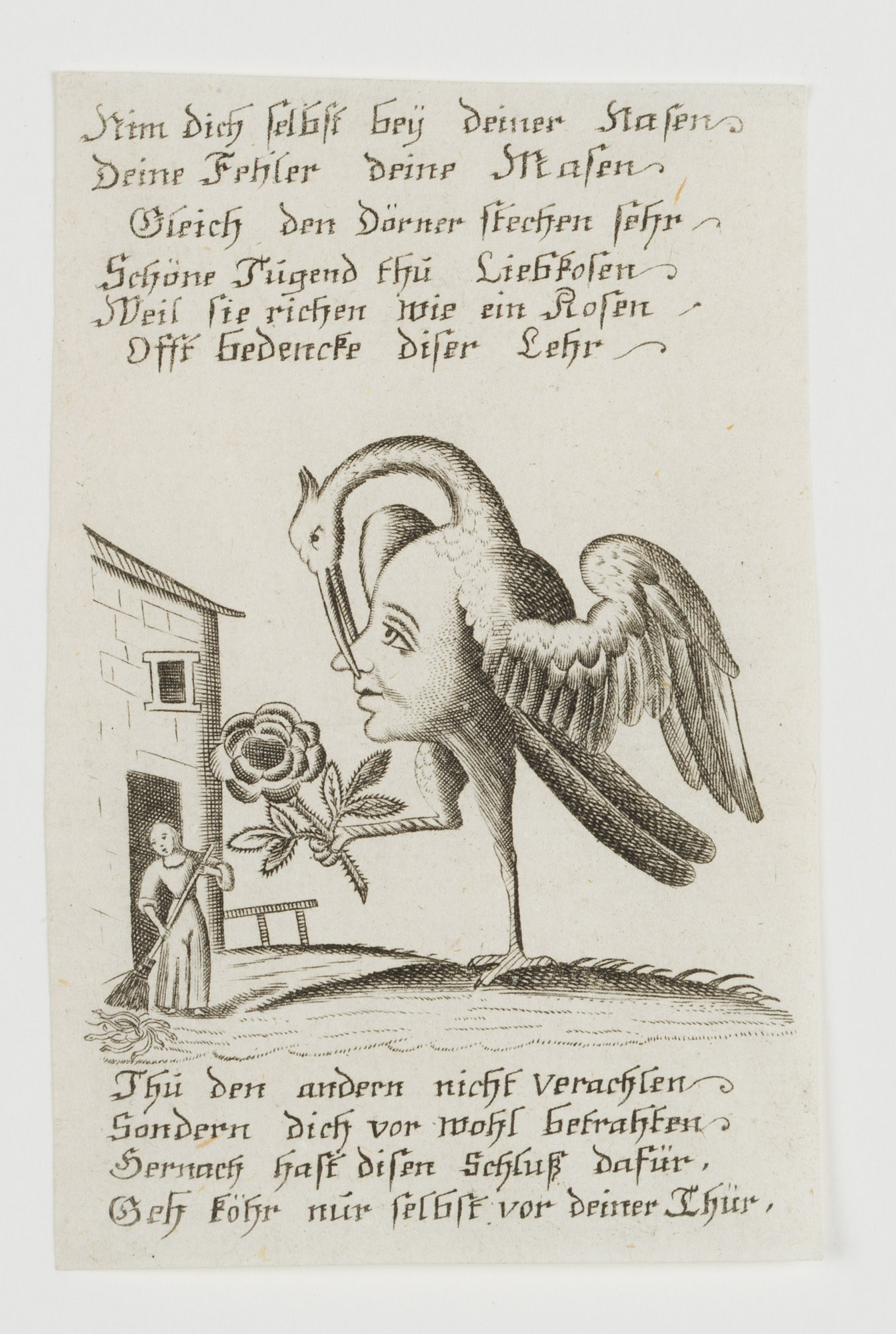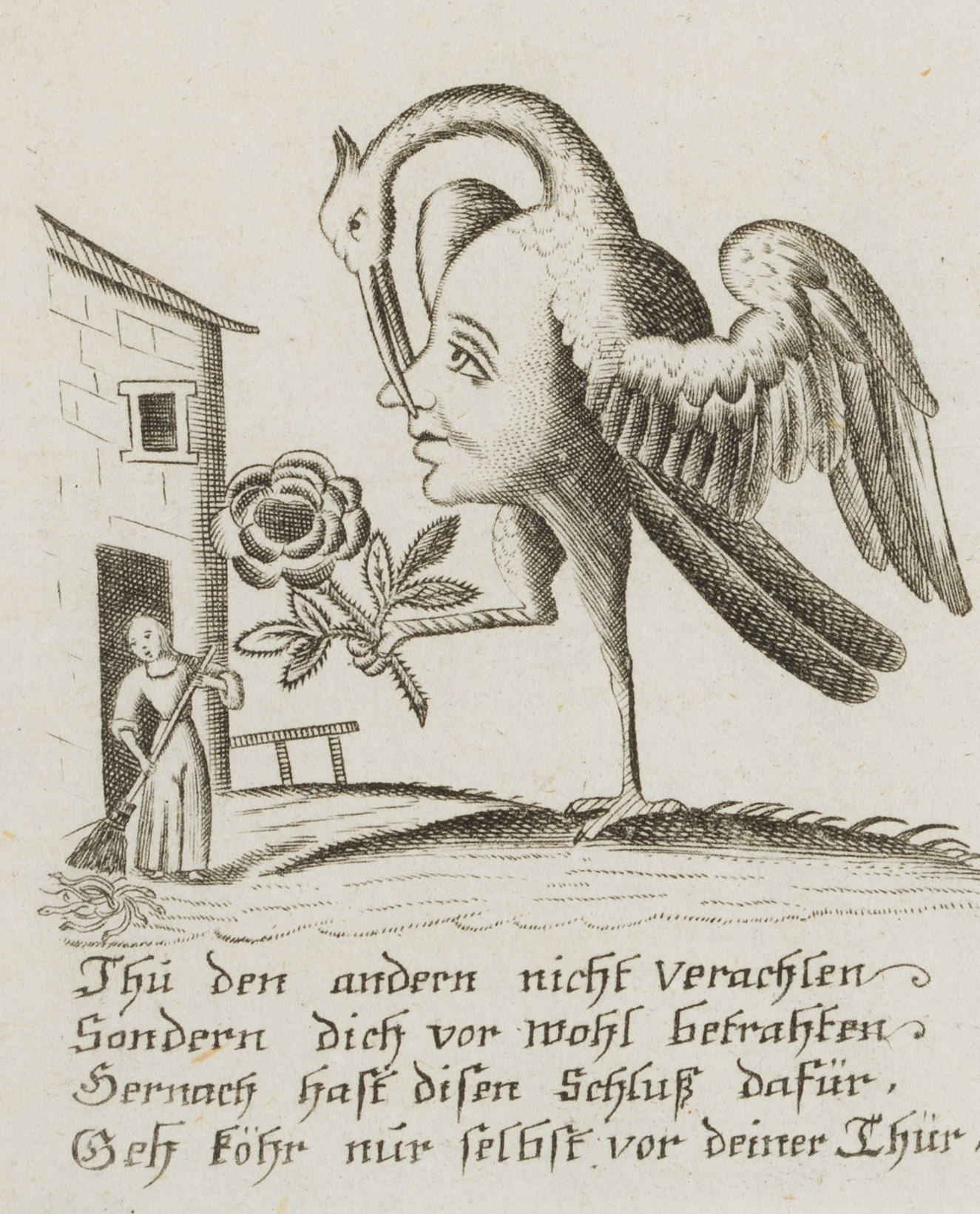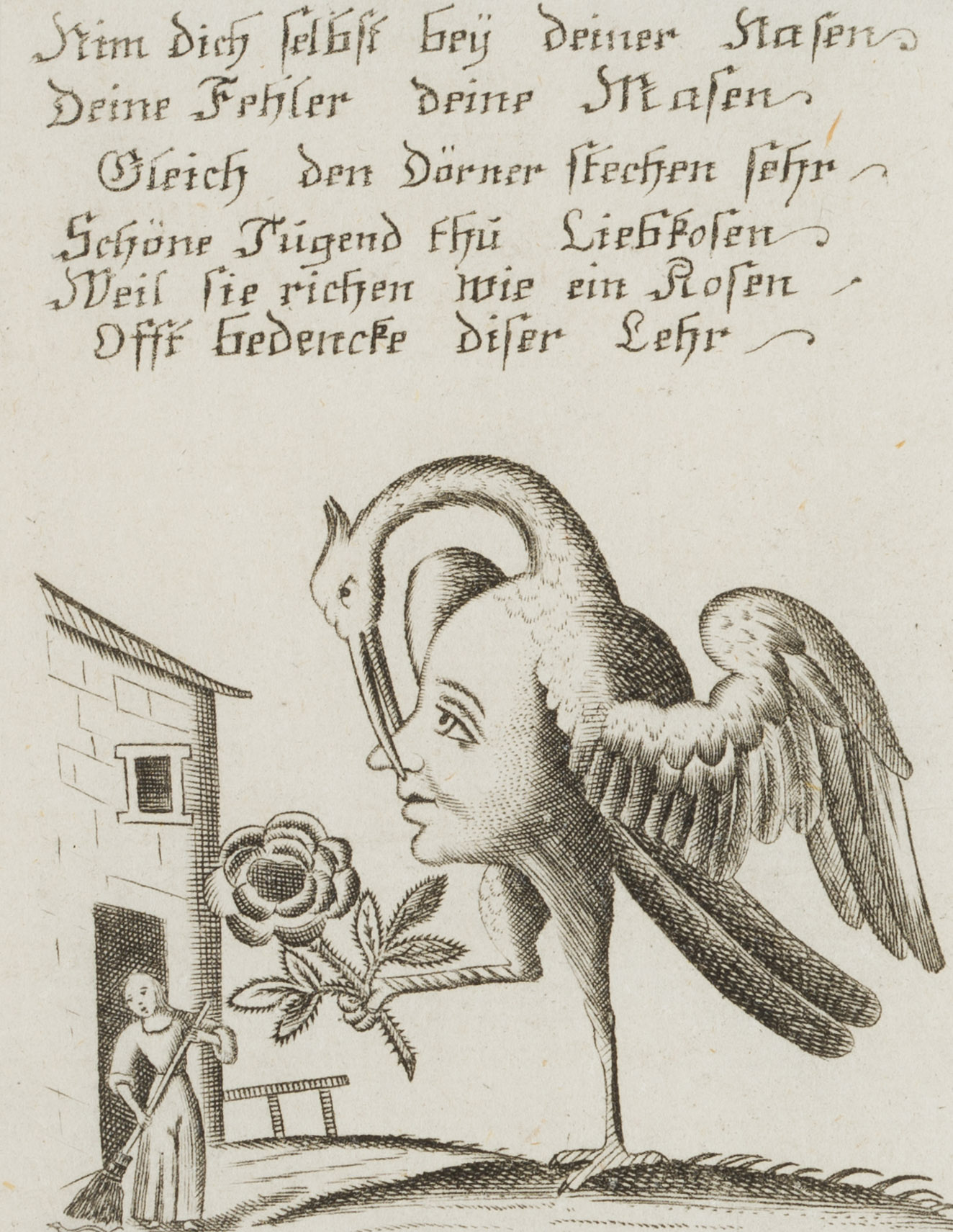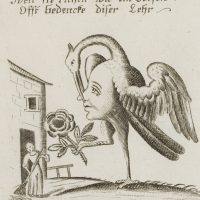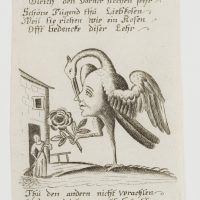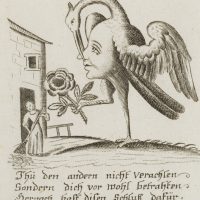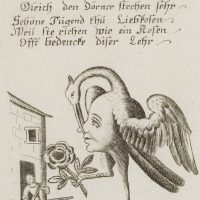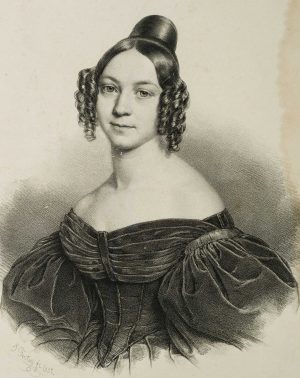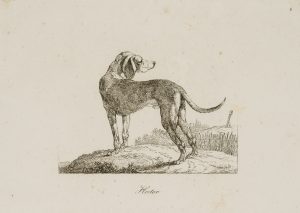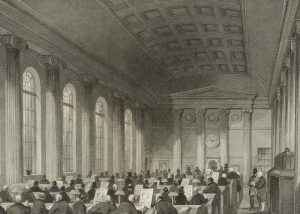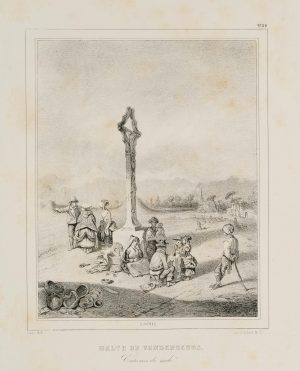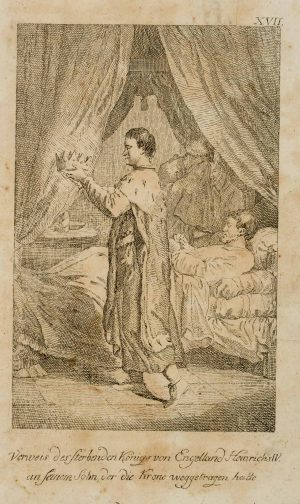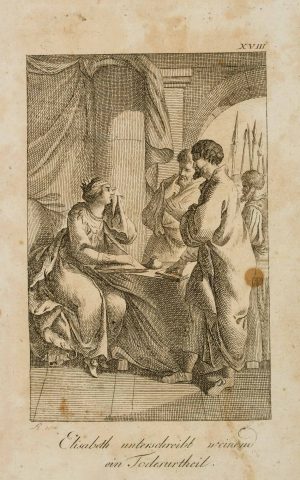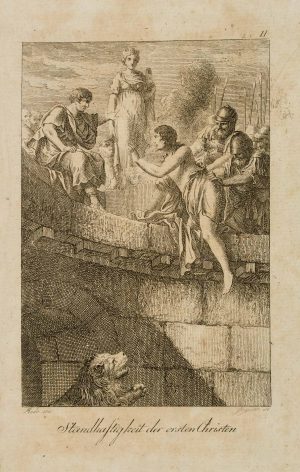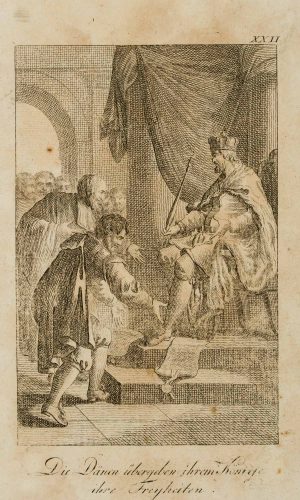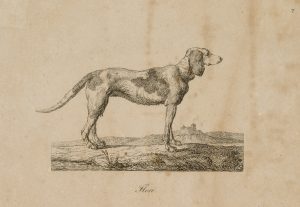Zweiten Künstler prüfen: () nach Unbekannt (20. Jahrhundert), “Nimm dich selbst bei deiner Nase”, Vogel Selbsterkenntnis, um 1900, Radierung
- Technik: Radierung auf Büttenpapier
- Datierung: um 1900
- Beschreibung: Die Druckgraphik nach dem Ölgemälde aus dem letzten Drittel des 17. Jahrhunderts spielt auf das berühmte Sprichwort “Nimm dich selbst bei der Nase” an. Über und unter der Darstellung bezeichnet: “Nimm dich selbst bei deiner Nasen / Deine Fehler deine Masen / Gleich den Dörner stechen sehr / Schöne Tugend thu Liebholen / Weil sie riechen wie ein Rosen / Oft bedenke diser Lehr [..] Geh kehr nur selbst vor deiner Thür.”. Die Karte stammt aus einer Sammlung Glückwunschkarten der Biedermeier Zeit. Beachten Sie dazu unsere weiteren Angebote. Diese Freundschafts- und Glückwunschkarten stellen liebenswerte, aber auch kulturgeschichtlich besonders interessante Zeugnisse jener Zeit dar. Ende des 18. Jahrhunderts wurde es insbesondere in Wien zu einer Sitte, sich zum neuen Jahr Höflichkeitsbesuche abzustatten und Visit- und Glückwunschkarten zu überbringen.
- Schlagworte: Porträt, Literatur, Deutschland, Figürlich, 1900-1924
- Größe: 10,1 cm x 6,5 cm
- Zustand: Sehr guter Zustand. Die Darstellung ist frisch erhalten und macht einen tadellosen Eindruck. Das Blatt ist altersbedingt minimal gebräunt, mittig minimale Knickspur.
English Version:
Zweiten Künstler prüfen: () after Unknown (20th century), “Take yourself by the nose”, bird self-knowledge, c. 1900, Etching
- Technique: Etching on
- Date: c. 1900
- Description: The print after the oil painting from the last third of the 17th century alludes to the famous proverb “Take thyself by the nose”. Inscribed above and below the image: “Take thyself by thy nose / Thy faults thy noses / Like the thorns sting very much / Beautiful virtue thou lovest / Because they smell like a rose / Often consider this lesson […] Go but turn thyself at thy door”. The card is part of a collection of greeting cards from the Biedermeier period. Please have a look at our other offers. These friendship and greeting cards are lovable, but also cultural-historically particularly interesting testimonies of that time. At the end of the 18th century, it became a custom, especially in Vienna, to pay each other a courtesy call at the New Year and to send visiting and greeting cards.
- Size: 10,1 cm x 6,5 cm (4 x 2,6 in)
- Condition: Very good condition. The image is freshly preserved and makes a perfect impression. The sheet is minimally browned due to its age, minimal crease in the centre.


